You will not find something outstanding here, it's just a clock. I had these 3 inches LCD 7-segments character around and a need of a visible clock.
The LCD panels are Lumex LCD-S101D30TR. They are connected on static way, not multiplexed, 7 segments plus a dot (square).I'm familiar with 8-bit PIC micro controller, and I figured out there is micros with integrated LCD driver. Plus, some have RTC clock modules. I need to drive 6x 8 segments, the PIC18F87K90 - even if it is by far memory over-sized - seems perfect. I could event drive the 6 characters on a static way.
I soldered the LCD panels to prototyping board, which are fixe to long rods.
Everything working on batteries, around 4-5 months on 3 rechargable AA.
 Muth
Muth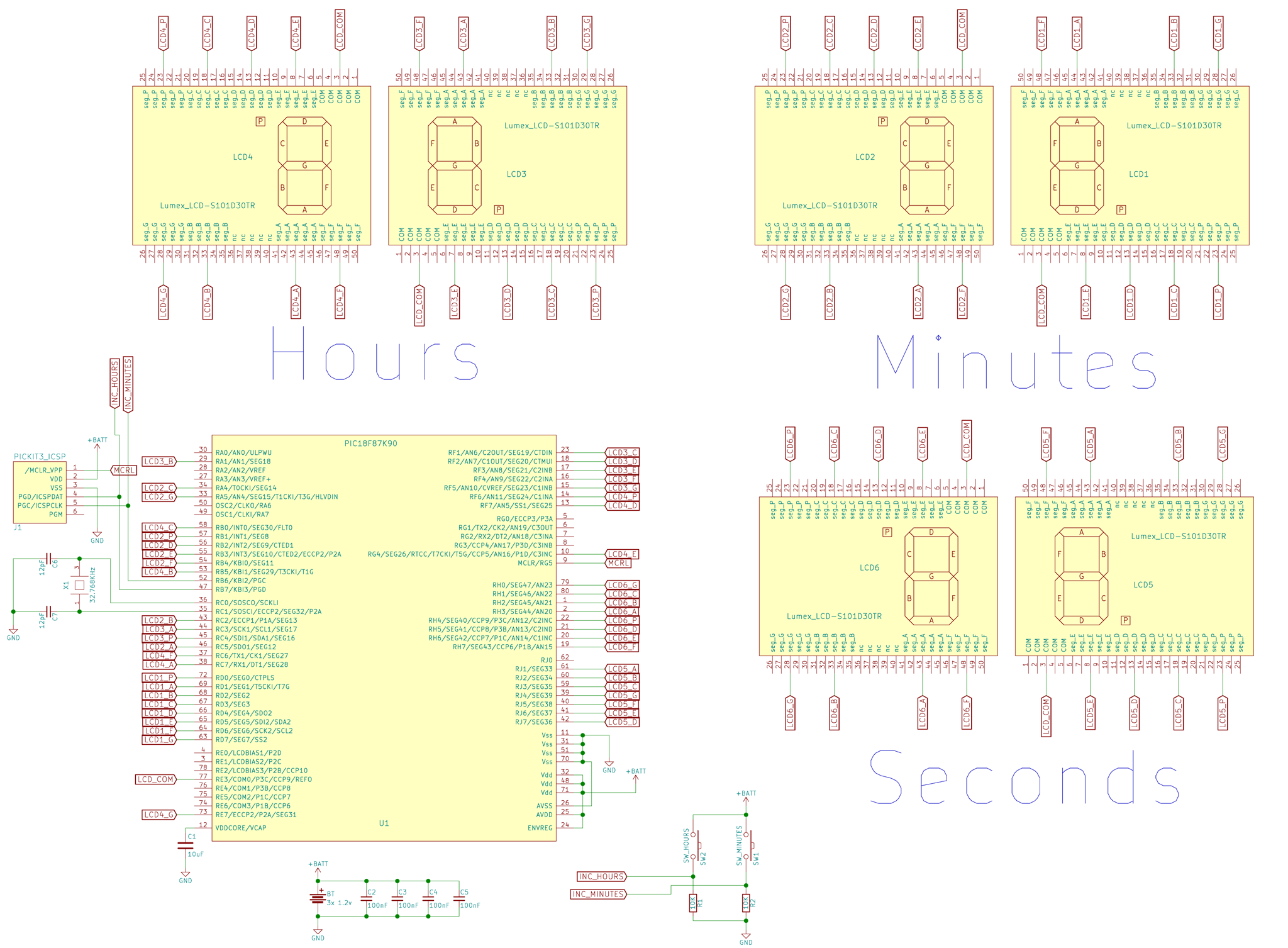
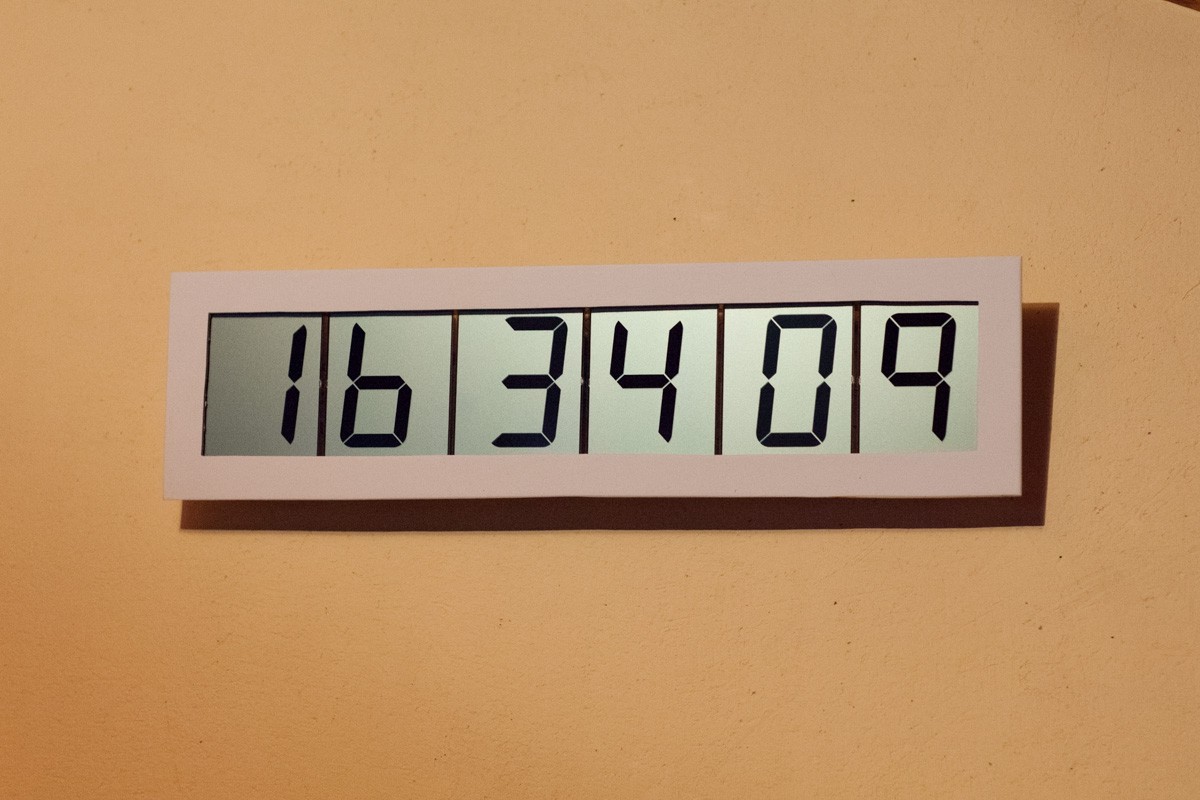
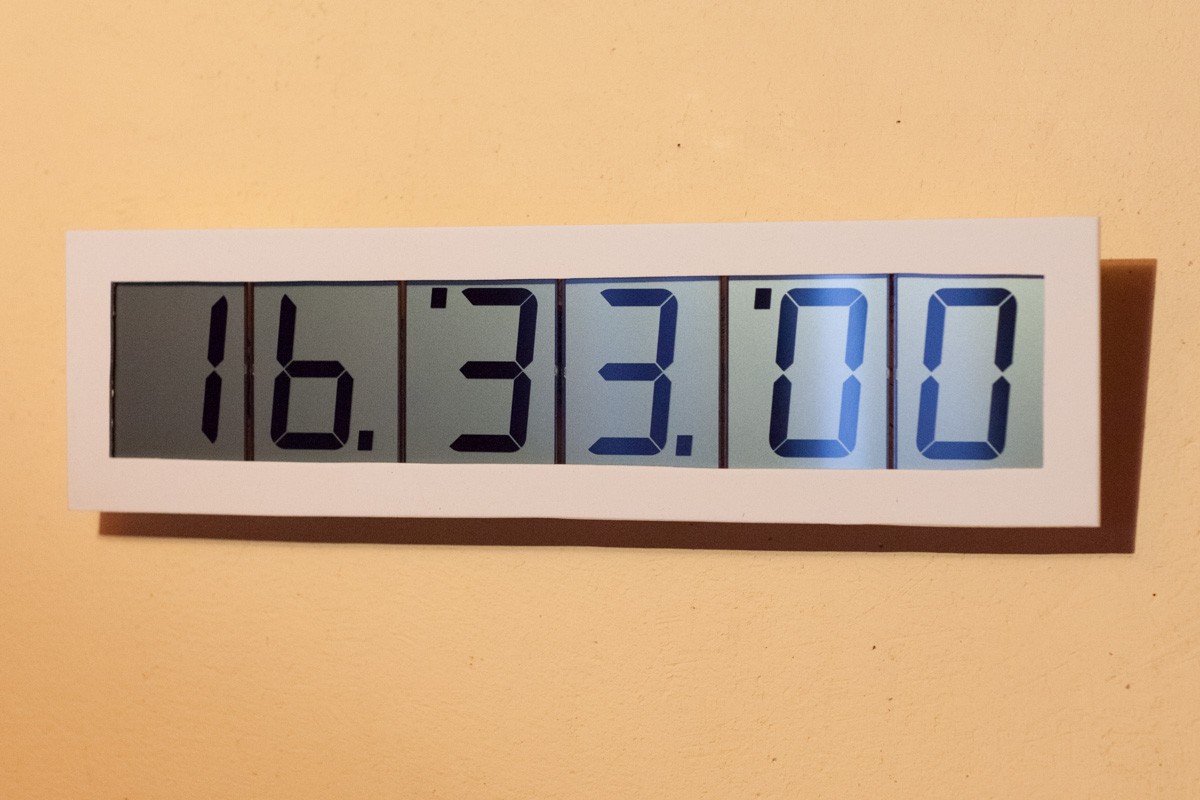
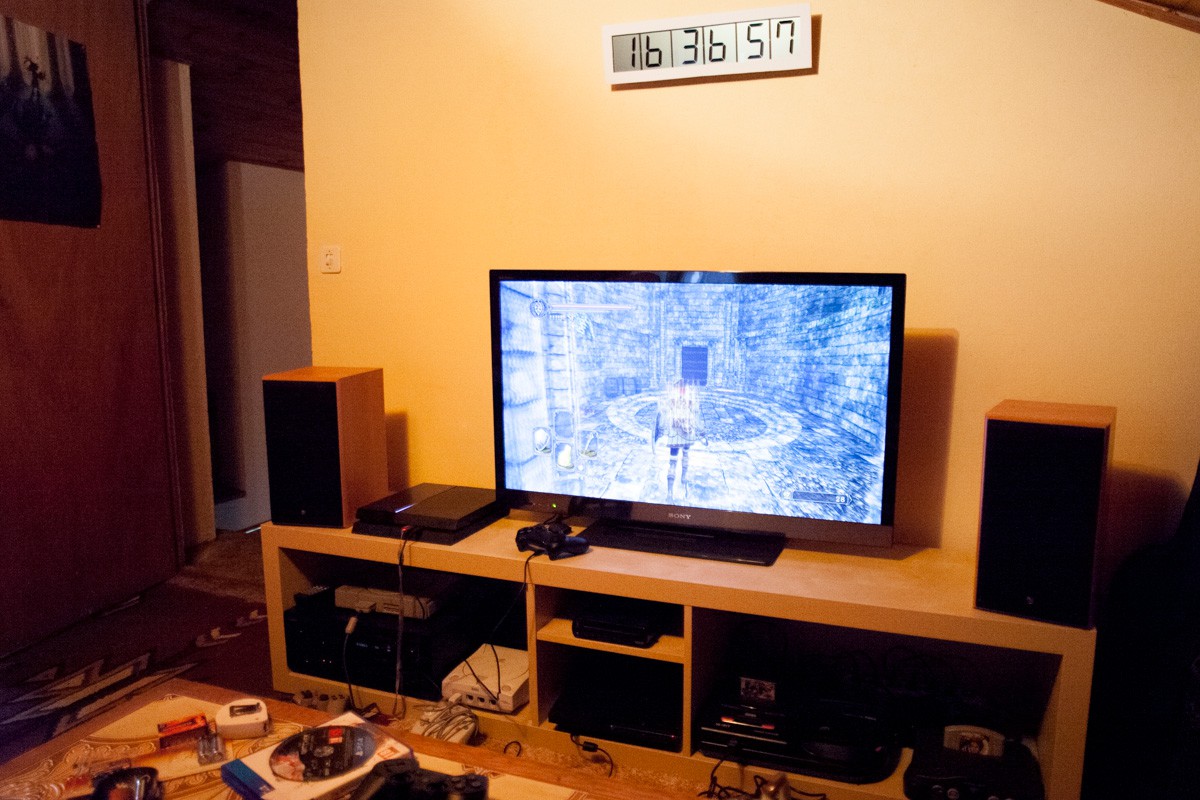
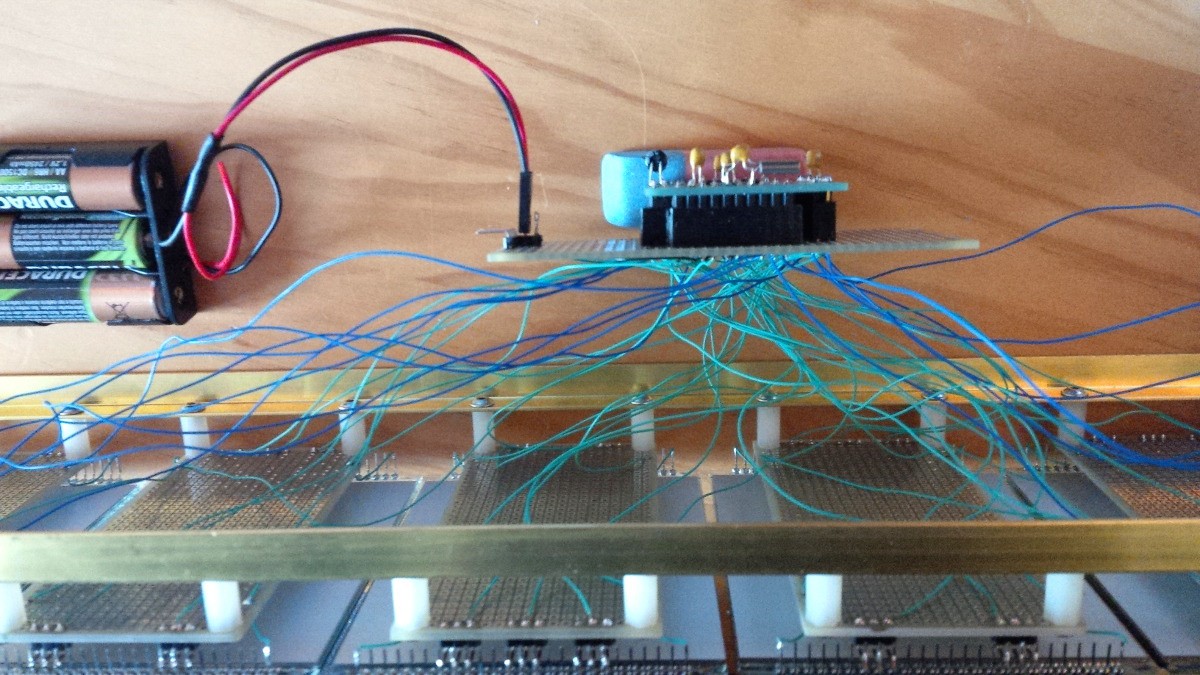
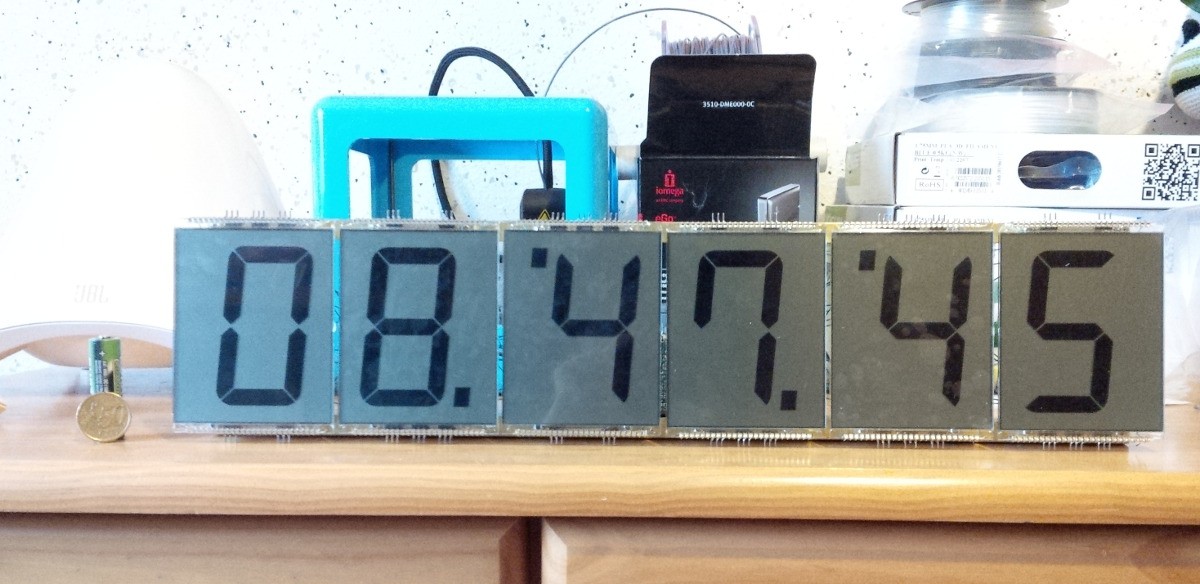
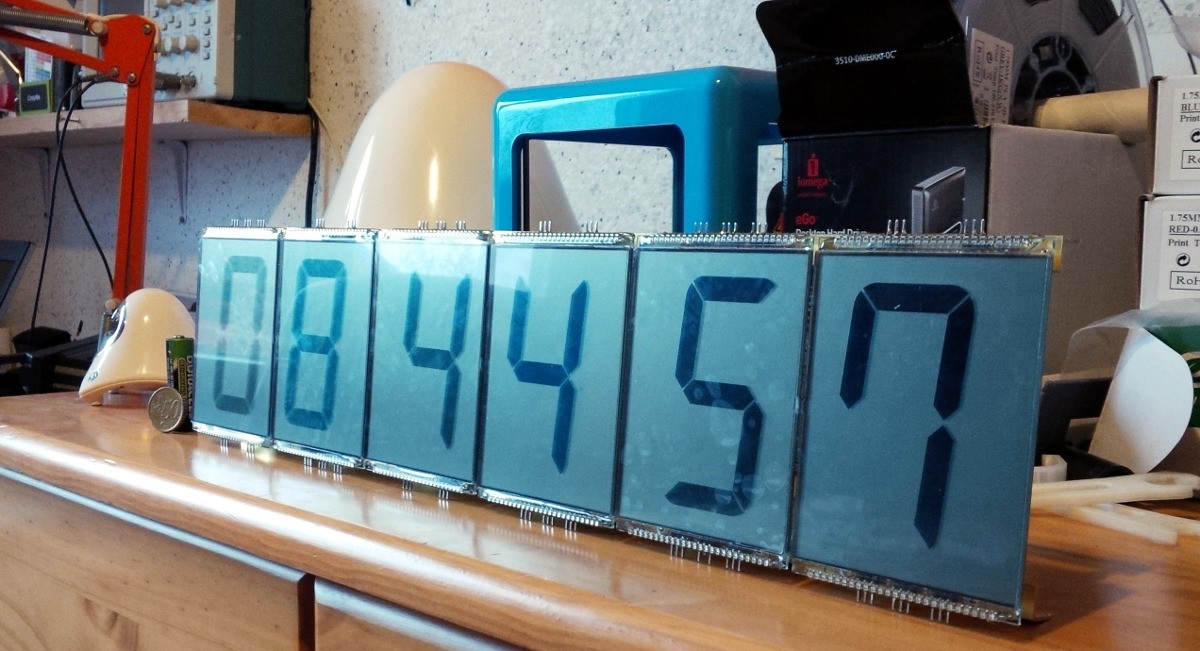
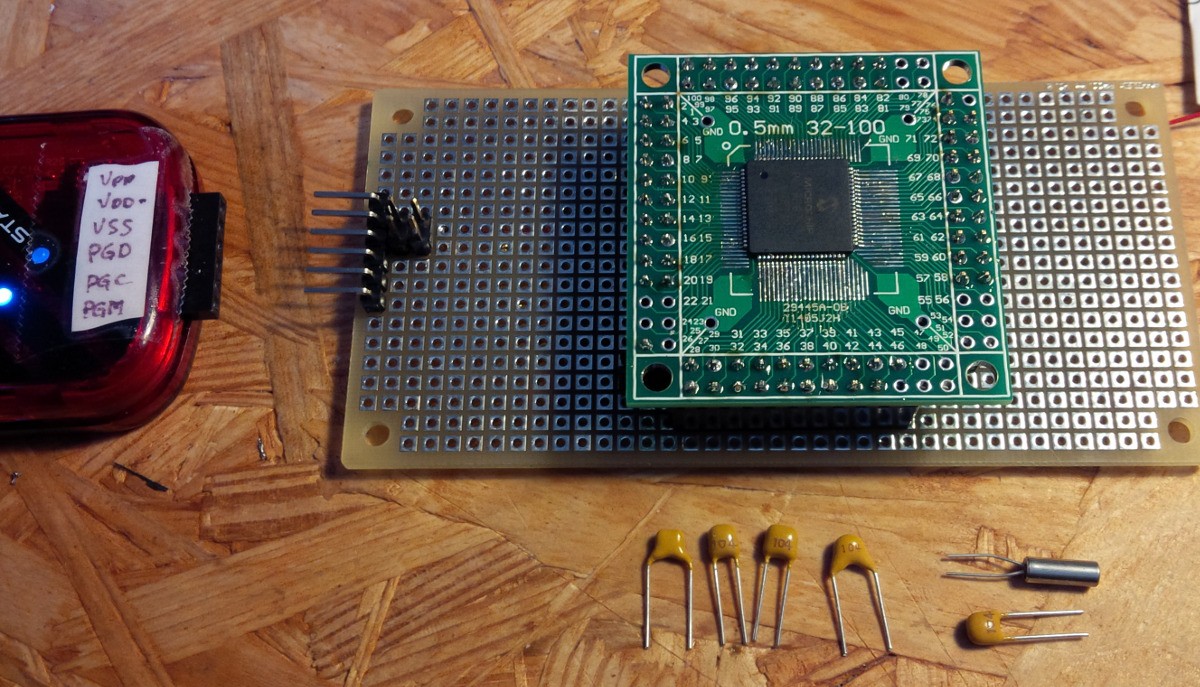
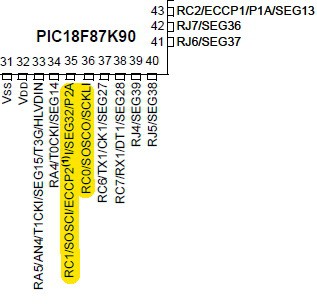

It's a handsome clock. One little note, NiMH batteries have quite a high self-discharge, so they'll probably be dead in a month, whether you used them or not. A set of alkalines would probably last ages. You can get small, low-power regulators, or just use the voltage drop from a couple of diodes.